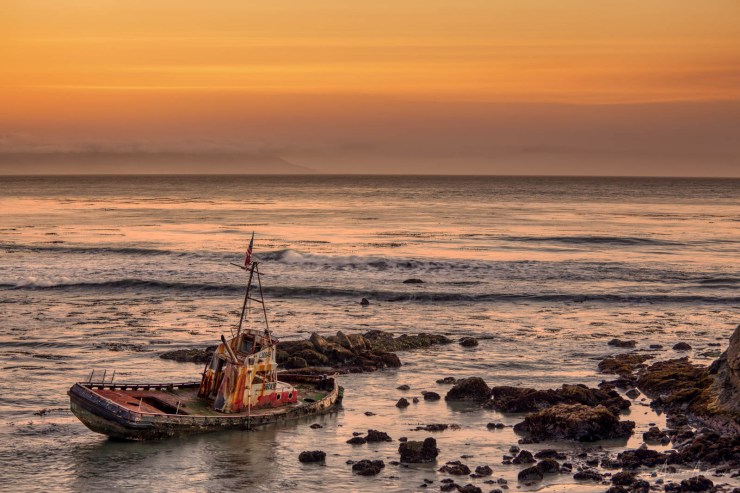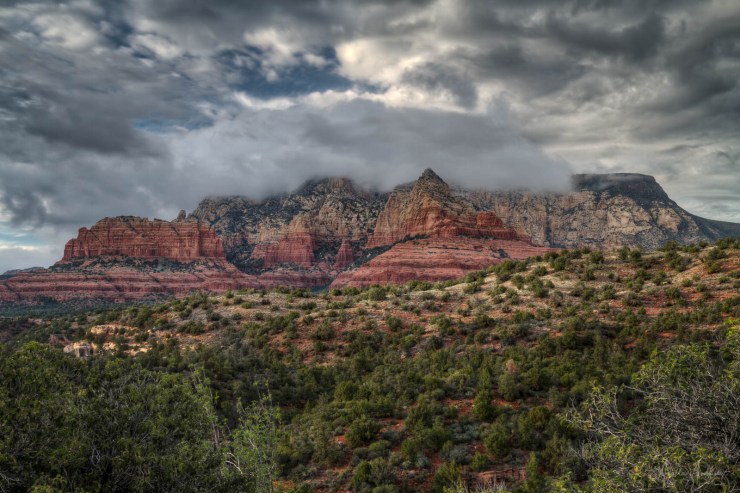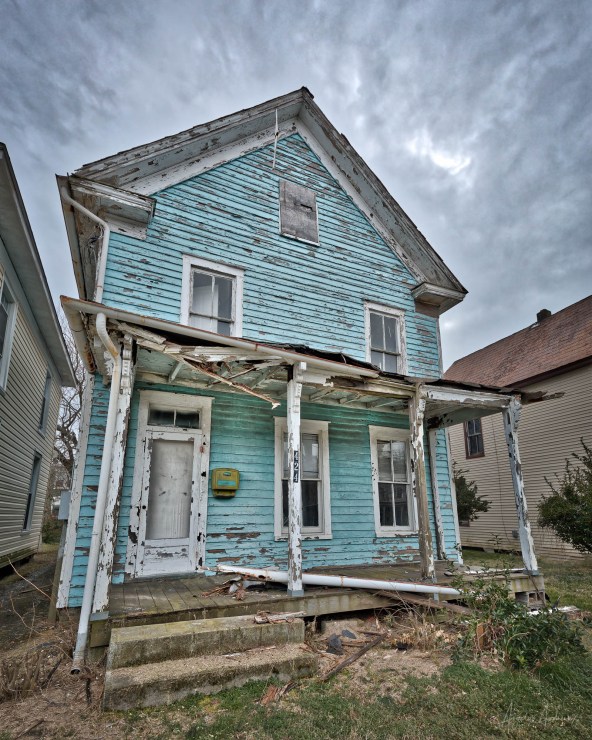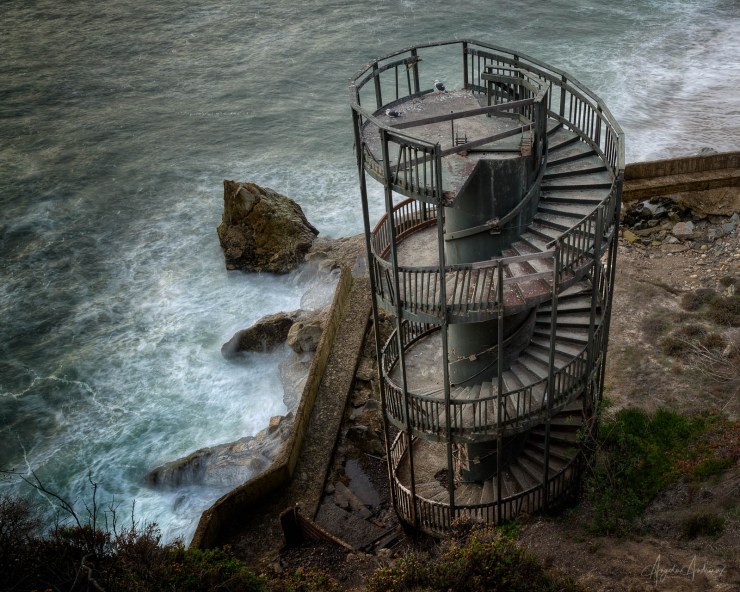Creating HDR (high dynamic range) photography is a 2-part process: Part one takes place behind the camera — part two, behind the computer. Many tutorials focus on how to process HDR images. But in this article, I’m going to share how to photograph for HDR in five simple steps.
1. Clean your gear
HDR brings out a lot of detail, which is great … except when that detail is the dust on your lens or camera’s sensor. While most dust spots can be fixed in post-processing you can save yourself a lot of time by cleaning your gear before you head out for your shoot.

2. Check your settings
Setting up your camera for HDR ahead of time will give you the best possible results.
- Shoot in RAW format (or RAW + JPEG if you must)
- Set the Aperture and keep it consistent across all frames (I like f/11-f/16 for a wide depth of field)
- Use ISO 100. Increasing the ISO will introduce noise/grain which will be emphasized during HDR processing.
Set the white balance to something other than auto to keep the white balance/color consistent across your bracketed exposures.
Auto vs. manual bracketing
Most modern cameras have the ability to automatically bracket images, but some older/entry-level cameras limit the number of auto-bracketed shots to three. This can work for some lighting situations, but often 5-7 (or more) are required to get all of the detail from the highlight and shadow areas.
If three is the maximum number of frames your camera can automatically bracket, you may need to manually bracket to fully capture the details in the highlights and shadows.
Auto bracketing
- Set the camera to Aperture Priority (your shutter speed will be set automatically as you bracket the images)
- Turn on auto bracketing and select the number of frames you’d like to capture
- Turn on continuous shooting
Manual bracketing
- Set the camera to Manual mode
- Use your camera’s internal light meter to get a “0” exposure and adjust your shutter speed (not aperture) to get brighter and darker exposures.
- Use Single Shot (not continuous)

3. Focus on your subject (or a third into the scene)
Maintaining consistent focus throughout each exposure is critical in photographing for HDR. If your focus point differs between exposures you can get a ghost image when processing that can make your merged HDR photo appear out of focus.
I usually use Live View and autofocus to focus on my subject. Then I turn off autofocus while being careful not to shift the lens’ focal length.

4. Make your photos
Trigger the shutter for each exposure. If you are bracketing automatically, you can use the continuous shooting mode to quickly fire off your bracketed set. If you’re manually bracketing, a pause between each frame will be necessary to change your shutter speed.

5. Check your histogram
Watch the histogram to ensure that your darkest shot isn’t clipping the highlights (i.e. touching the right side of the graph) and your brightest shot isn’t clipping shadows (i.e. touching the left side of the graph).

A few bonus tips
- Whenever possible, use a tripod and a cable release (or the camera’s self-timer) to minimize camera movement between exposures.
- See the light! Evaluate the contrast range in the scene to determine the number of necessary exposures (3, 5, 7 or more).
- Too few exposures will leave gaps in the dynamic range.
- Too many exposures will increase the chances of noise and chromatic aberrations when processing.
- Pay attention to anything in your frame that might be moving between exposures (wind, clouds, water, trees, grass, etc.). Any movement will impact how you process the image. Deghosting technology for dealing with movement in HDR has come a long way, but it can impact the amount of flexibility you have in processing as well as the quality of the final image.
Ready to process?
Ready to process your bracketed exposures? Aurora HDR and Photomatix Pro 6 are my top picks for processing HDR photographs.
Tell your story with the second annual Visual Storytelling Conference!
Experience four days of interactive, online training sessions featuring a range of educational content with experienced photographers and content creators. This free event kicks off with a series of technical boot camps to build essential skills, followed by live, online sessions on photography, video, business and social media. Join live from March 10-13, 2022!
